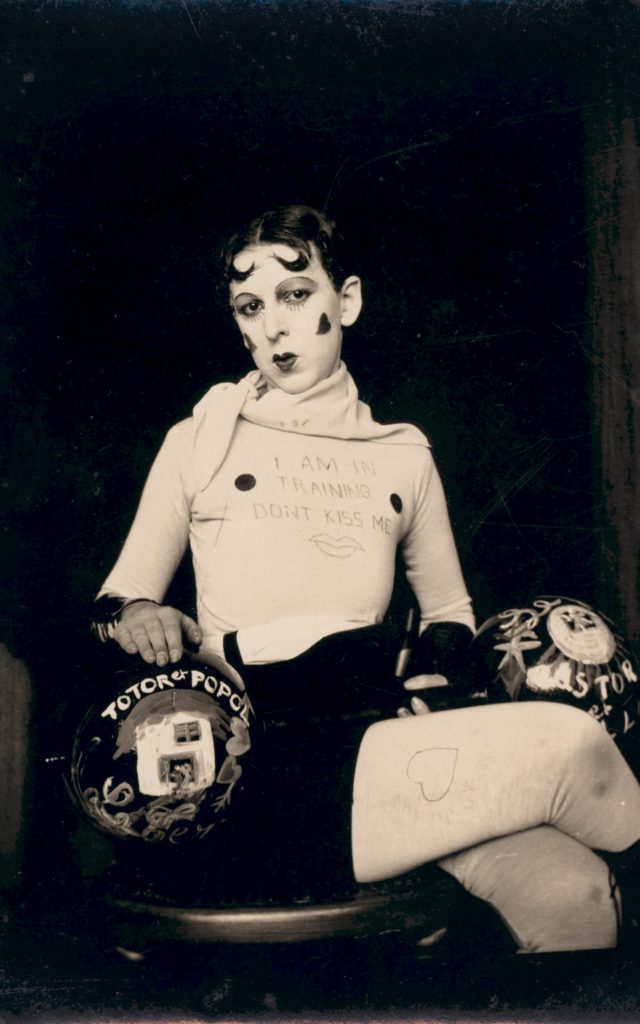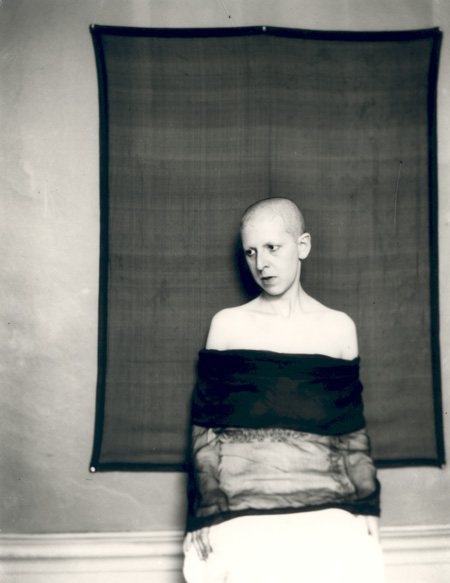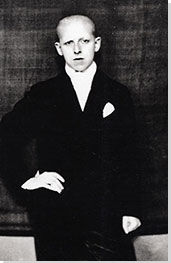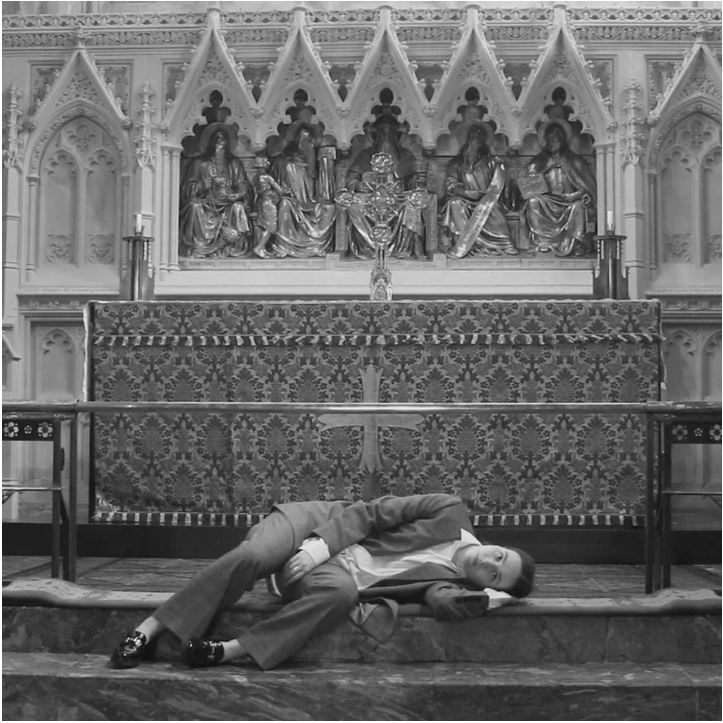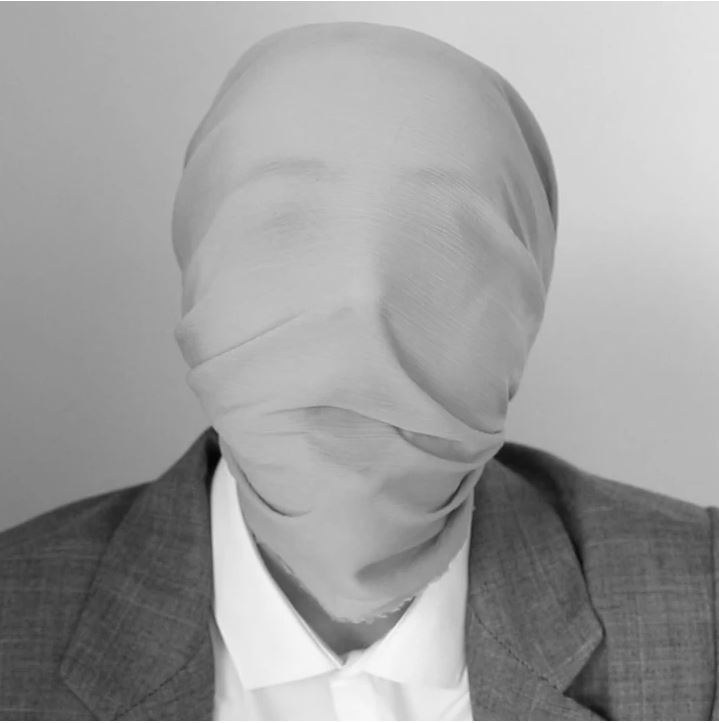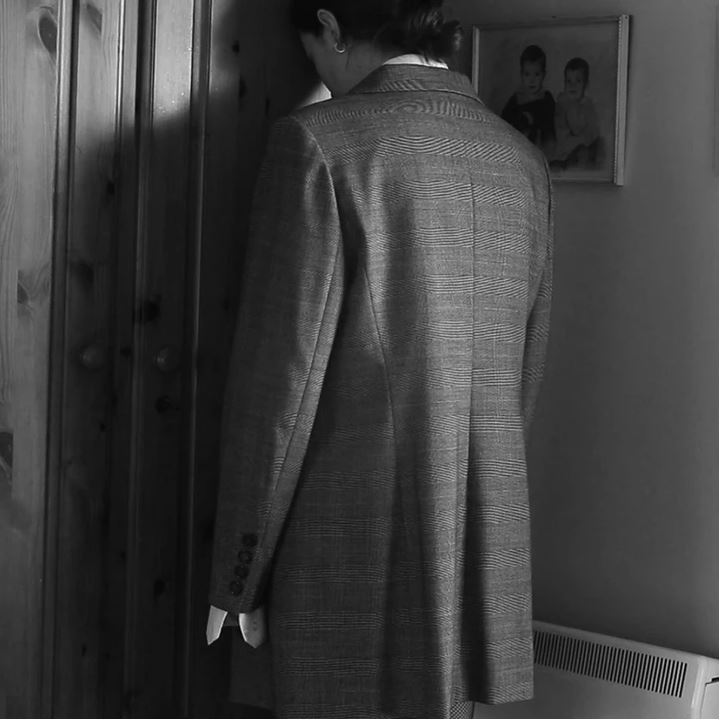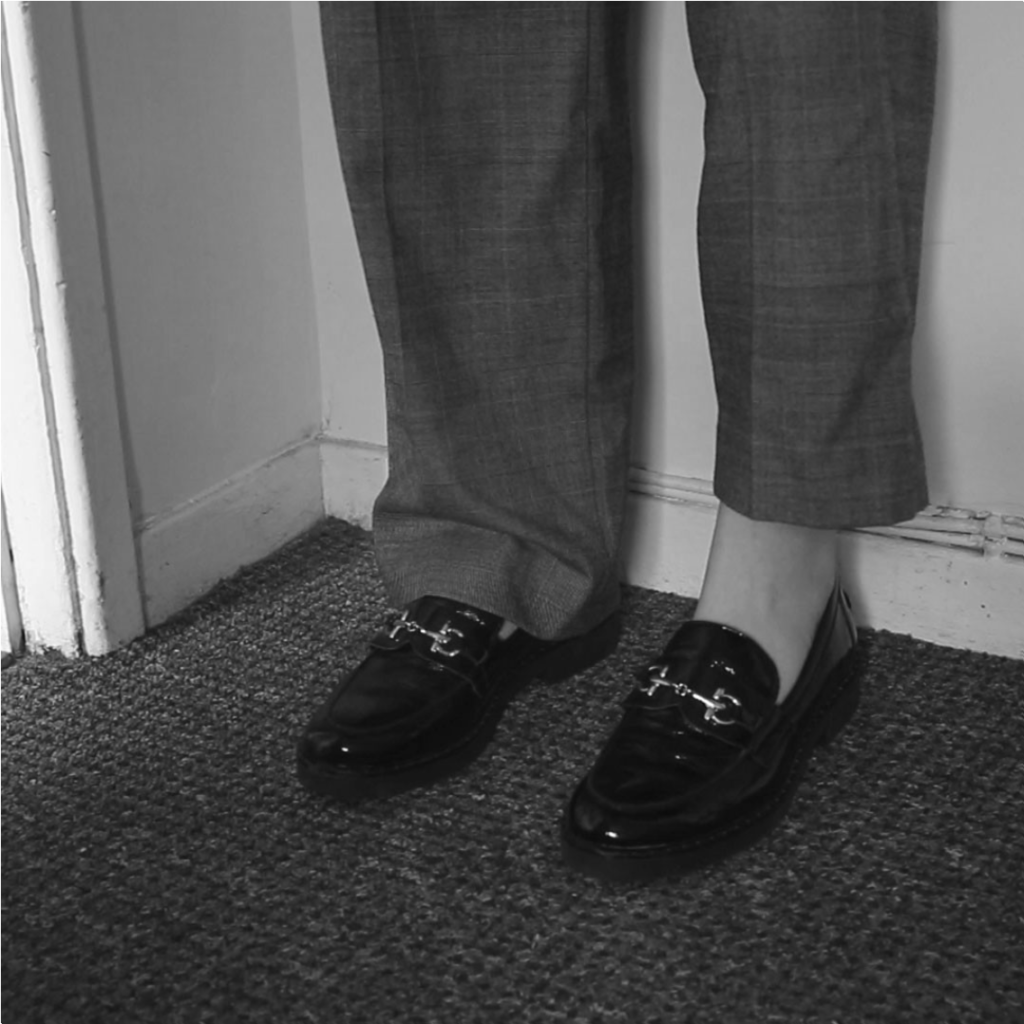Cahun
O’Donnell
Claude Cahun (real name is Lucy Renee Mathilde Schwob) was a writer, sculptor and photographer born in 1894. Her self portrait work was very influential, empowering women and contradicting very unfair female gender roles in late 1910’s until her death in 1954. Cahun presented herself in men’s clothing, and with short hair. This work was courageous as it was difficult for women to freely express themselves during the times her portraits were taken. For her time, Cahun’s work was considered ‘different’ and ‘odd’ leading to people categorizing her in the Surrealistic artist group. Cahun lived in Jersey during World War II as a Jewish gender neutral person.
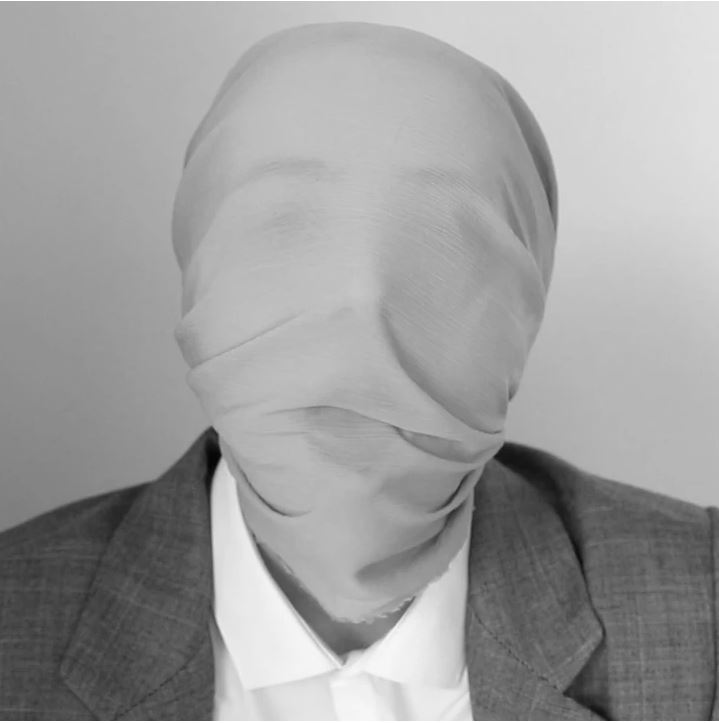
Technical
- Close up shot which are often linked with emotion and encourage the viewer to try and understand how the subject feels.
- Soft Black & White to create a neutral image with emotion.
Visual
- The item over O’Donnell’s head removes all sense of identity from her and creates a sort of ‘blank’ human.
- The bland suit and shirt compliment the item over her head and further emphasizes the loss of identity.
- The male clothing contradicts gender stereotypes.
- The background of the image and the item are very similar in their colour causing them to appear as if they are merging with one another. I feel as if this is a statement towards gender stereotypes and performativity making everyone the same.
Conceptual
- This image is taken from O’Donnell’s short film ‘That’s Not The Way The River Flows’ which highlights the issues surrounding gender and it’s affects on individual identity.
- O’Donnell says ‘ As we unpick the complicated narrative of gender and the generalisations that it encapsulates, we are forced to re-imagine what it is that makes us who we are and what we want or can identify as.’ I believe this image represents her idea of re imagining who we are by creating a ‘blank’ human with space for a new identity.
- Her use of male clothing also contrasts the ‘generalisations of gender’ which she comments on / brings attention to throughout her film.
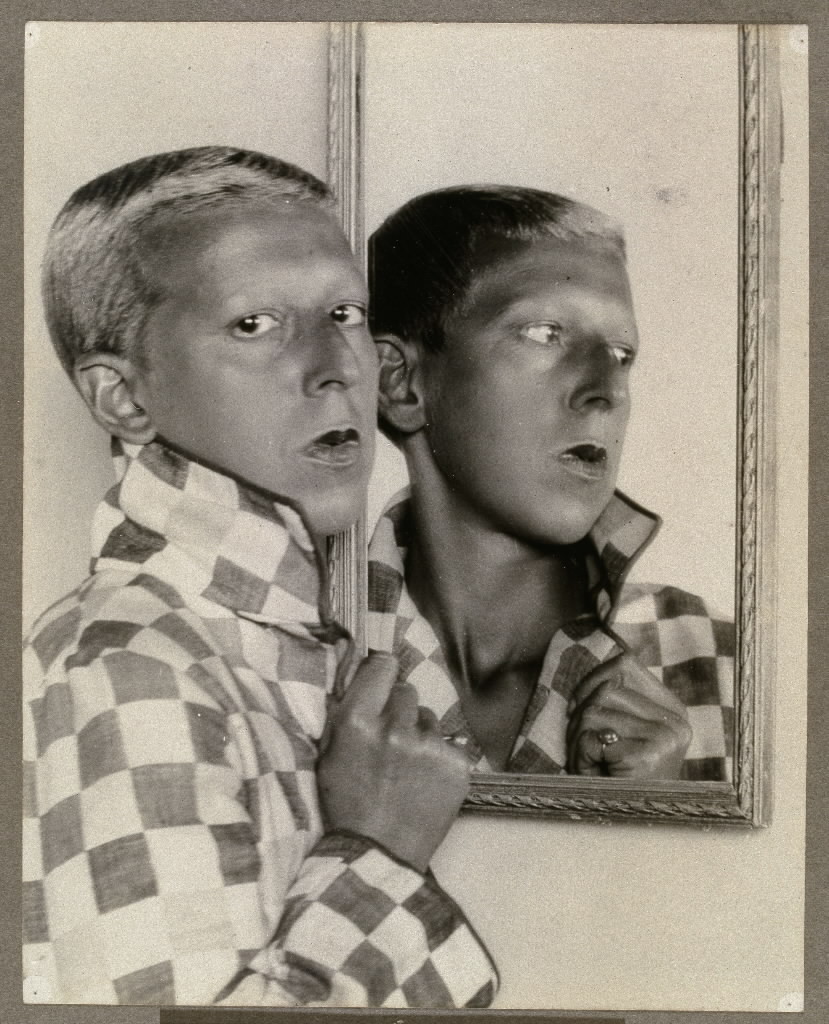
Technical
- Close up shot which are often linked with emotion and encourage the viewer to try and understand how the subject feels.
- Soft Black & White to create a neutral image with emotion could be a link to Cahun’s neautral gender.
Visual
- We can see a mirror in this photo which shows a different view of Cahun through the reflection. This can be seen as a link to her duplicitous identity (her true self and the identity she hides behind). Cahun said ‘Under this mask, another mask. I will never be finished removing all these faces.’ this links well with this image as we see a portrayal of two masks through the use of the mirror.
- The male clothing contradicts gender stereotypes and the very short hair adds to this making it difficult to assume a gender with no knowledge of Cahun.
Conceptual
- Her use of male clothing also contrasts the ‘generalisations of gender’ which were very prevalent in the late 1910’s.

